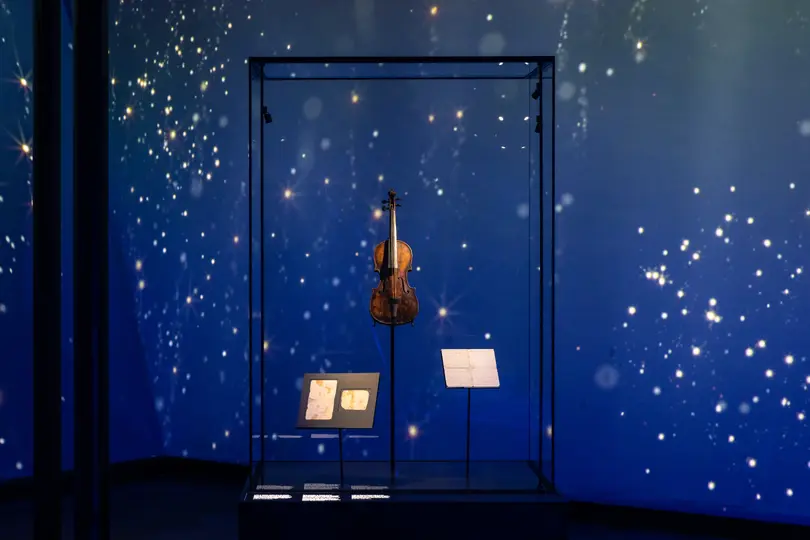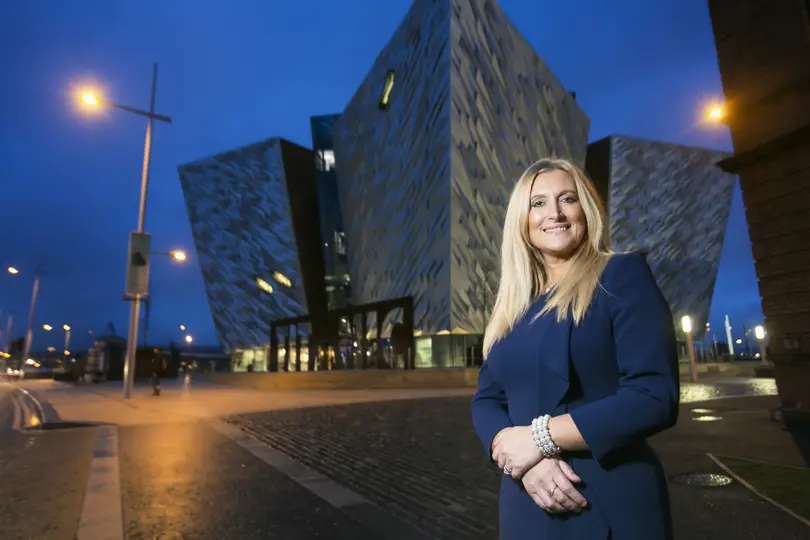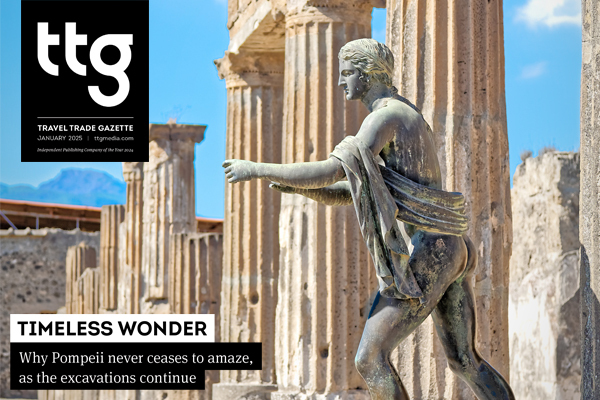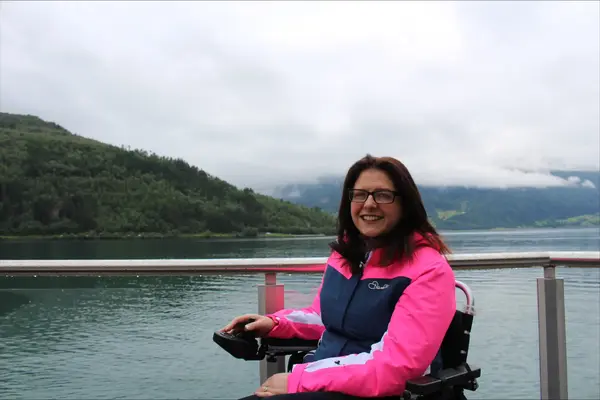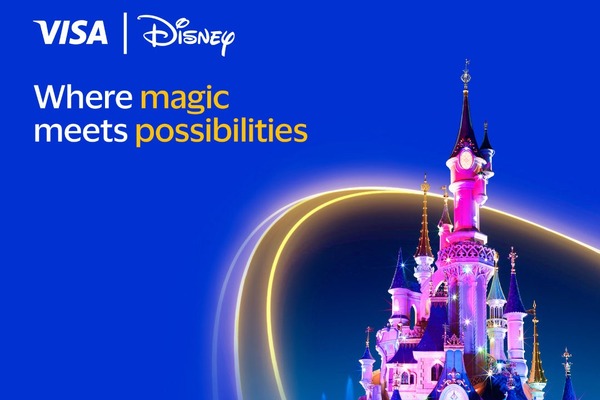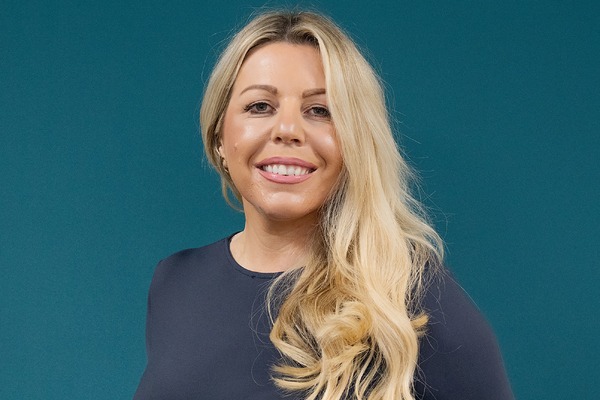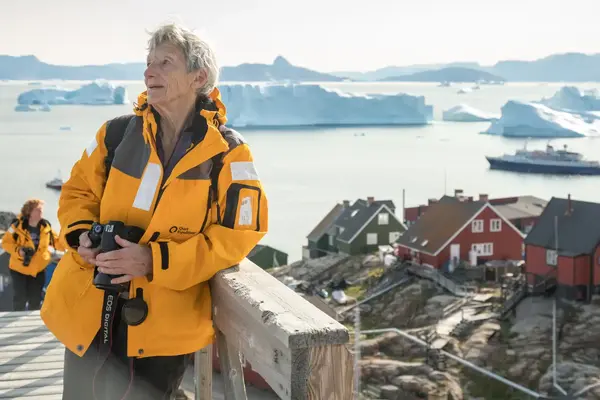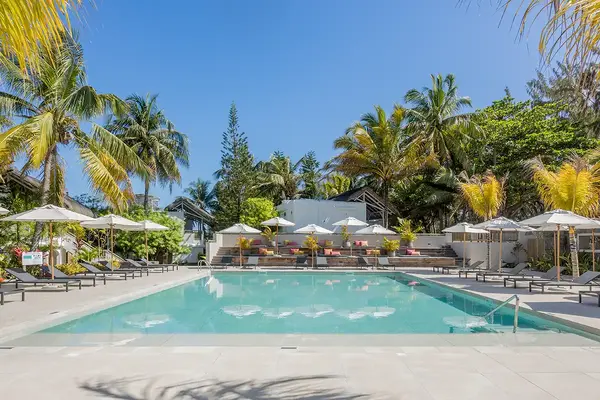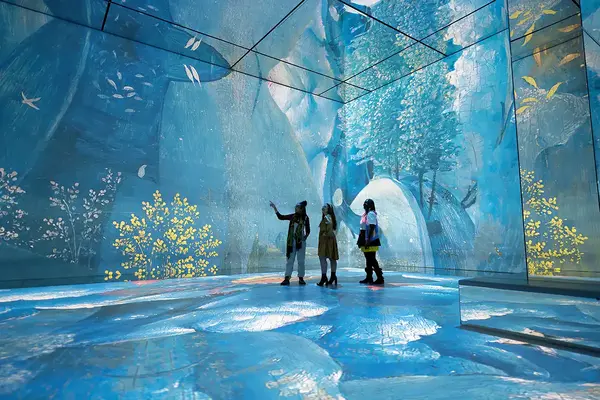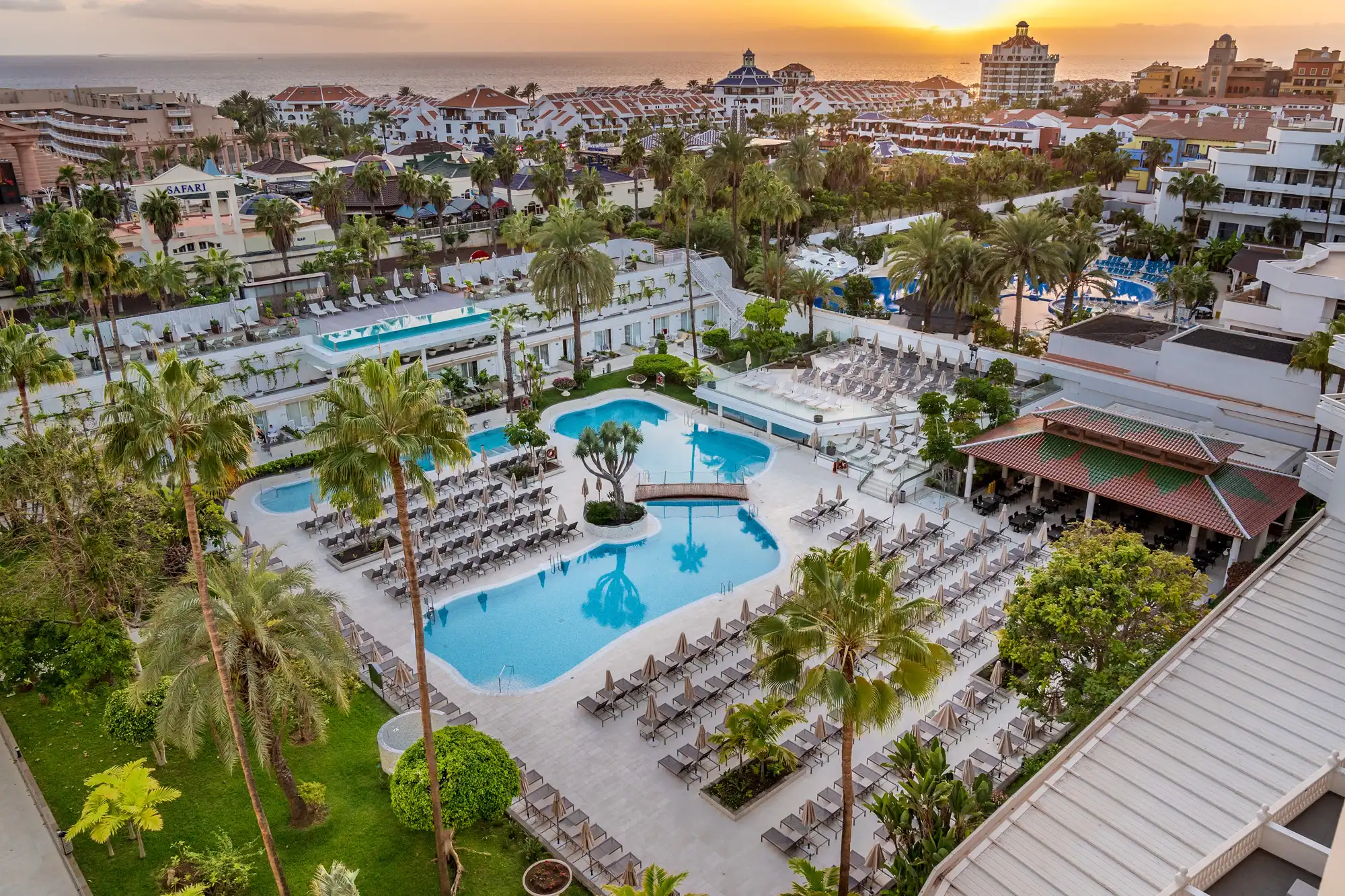How Titanic Belfast is advancing Northern Ireland's tourism
 Katherine Masters
Katherine MastersThe world’s largest Titanic visitor experience, now in its 13th year of operation, has been investing heavily in its galleries – and helping inspire visitors to stay longer in Northern Ireland
In the last year, Titanic Belfast has invested £4.7 million in redesigning an area to create four new galleries called ‘The Pursuit of Dreams’.
Judith Owens, chief executive, explains: “This has been a really excellent addition to Titanic Belfast. It has taken the human stories within the wider Titanic story, and really explored those. We’ve used some incredible technology, but also some original footage and imagery, and we brought in a composer to compose a bespoke piece of music for the final gallery.”
The attraction has also introduced 19 new artefacts including the Wallace Hartley violin. He was the band master on Titanic and his story is well known – Hartley pulled all the musicians together and the band played on, ultimately going down with the ship.
Owens explains: “It’s so poignant because the violin was that given to him by his fiancée, so it’s inscribed. He strapped the violin to himself in a leather case, and then it was returned to the family. We also have the memorial card that sat on her fireplace, and throughout the time, she never married, and we’ve been very fortunate to have the violin.”
With a strong artefact policy, Titanic Belfast does not take artefacts that come from the wreck itself because it’s a grave site. Owens explains that make sourcing artifacts more challenging: “We work with a number of lenders across the world, who are private lenders, and remain anonymous, but they have the view that these artefacts are there for people to see, so that you can really get closer to the story.”
Even though the Titanic sank more than 100 years ago now, in 1912, Owens wholeheartedly agrees there is no sign that the public’s insatiable appetite for absorbing details about the tragedy is diminishing. The attraction’s eight million visitors since opening is testament to that. It featured in Dermot O’Leary’s recent Ireland travelogue, and Titanic superfan Rod Stewart has visited "three or four times", says Owens. She’s observed a significant rise in the number of multi-generational groups visiting in the last couple of years, with every member connecting with the story.
“There’s so many layers to it,” she explains. “We start our story in industrial Belfast, and how we had the opportunity to build the biggest ship in the world, in the biggest shipyard in the world. There are people that love the engineering side of things, and then there’s people who love the romance of the story. On this ship were some of the wealthiest people in the world and but also some of the poorest people. There was the opulence of the ship, there were things like a gymnasium and a swimming pool that had never been on ships before. Even third class had pianos and entertainment.”
She continues: “She was an immigration ship, so they were going off to a new life. And she sank on her maiden voyage – when she was said to be indestructible. There are also the learnings – after Titanic, many things were put in place to make sure the seas became a much safer place to travel. So we find people connect in different ways to those many different layers.”
As one of the five signature projects that came off the back of the Good Friday Agreement in 1998, Titanic Belfast’s objective was to kickstart international tourism to the Northern Irish city.
Working in the industry for 30 years, Owens has witnessed the ups and downs for tourism in the region: “Our tourism was around our beautiful landscapes, but obviously it was very intermittent because of the Troubles, and there were at times where it was completely closed. The tourism industry had a really challenging job to do so. So in 2012, when we opened, the whole industry embraced us, because Titanic Belfast was an opportunity to talk about Northern Ireland internationally for a different reason.”
According to official figures, the Northern Ireland tourist industry now supports 70,000 jobs and the benefits are spreading beyond Belfast and Derry to support regional economies too. Now that Titanic Belfast is established as a marquee attraction, its role has shifted to bringing more people into Northern Ireland, making sure they are staying for longer and seeing more of the country.
In her role as chair of the Northern Ireland Tourism Alliance, Owens is helping drive this: “Ideally people would spend four or five days in Northern Ireland, with both city and country stays, and that’s the beauty of what we have here. Fifteen minutes from Belfast and you’re out in the most beautiful scenery, then there are the food and music scenes, which are both incredible.”
There’s no denying the troubled past, but one of the biggest factors in changing people’s perceptions around Northern Ireland is advocacy, she says, with visitors returning home to tell family and friends how their perceptions of the destination have changed.
“The other thing I would say,” she adds, “now is the time for us to delve a bit more into our past and explore that with our guests. Peace tourism, it is happening in the city. We have the Black Taxi Tours, and we can see a real increase in people’s curiosity about that, but it needs to involve the local communities and to be done right. And that’s certainly something the industry are looking in to, how do we respect our past and our people?”
Collaboration across communities has been key to the success of Titanic Belfast, not just working with local neighbourhoods and sourcing local produce, but also in relation to making the attraction a fully accessible place to visit and to work in.
Owens concludes: “Over the last 12 years with Titanic Belfast I’ve been really focused on collaboration. When we make Northern Ireland a great place to visit, it’s also going to be a great place to live, and that’s when people really see the benefits to themselves and their families.”
“There’s some really exciting times ahead for Northern Ireland – the momentum we are seeing to really maximize the potential for this place is incredible.”
At WTM London: Titanic Belfast will be part of the Tourism Ireland delegation at stand N7-200
Sign up for weekday travel news and analysis straight to your inbox

Katherine Masters
Supplier Directory
Find contacts for 260+ travel suppliers. Type name, company or destination.
